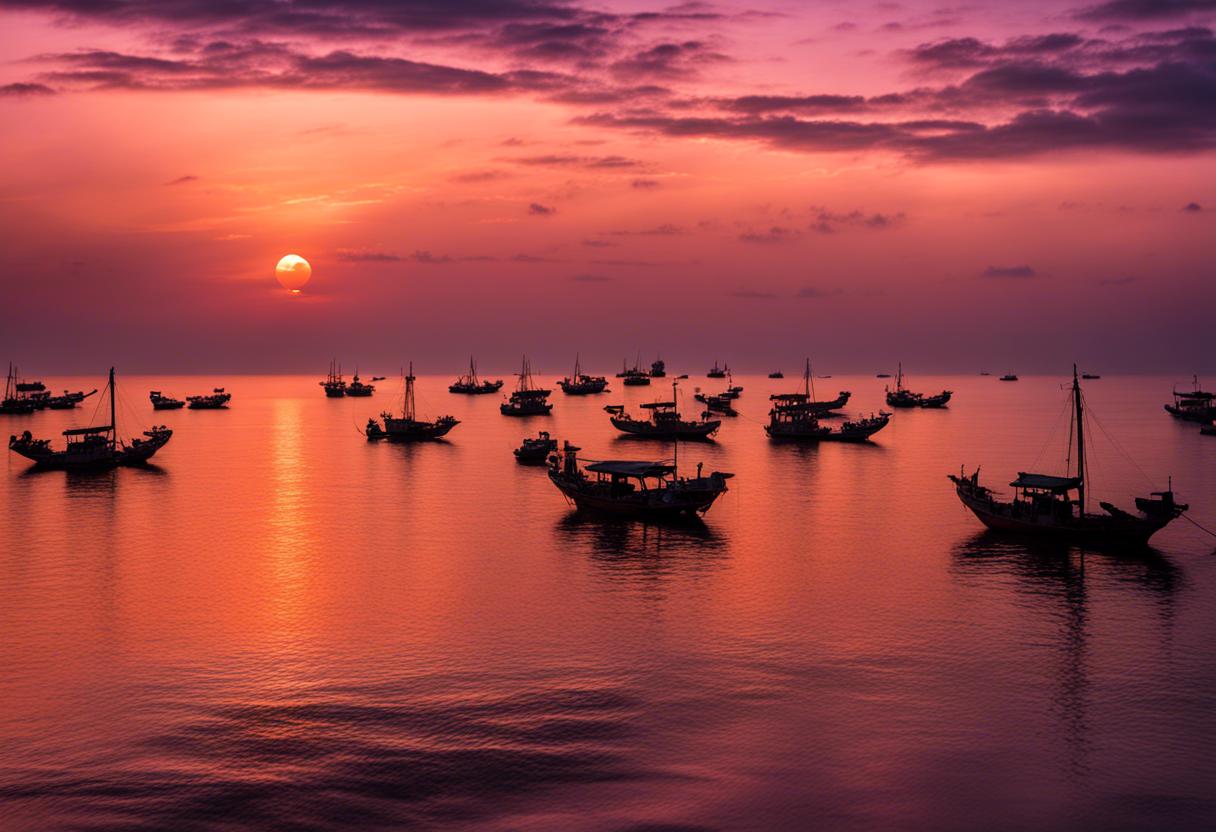China and the Philippines are pointing fingers at each other following a collision of their coast guard ships near Sabina Shoal, a disputed atoll in the South China Sea. The early Monday clash in the Spratly Islands, also claimed by Vietnam and Taiwan, resulted in damages to at least two boats.
The encounter occurred at 3.24 am when two Philippine coast guard vessels ventured into the waters near the shoal, which was being patrolled by the Chinese coast guard. The Chinese side alleges a deliberate crash by a Philippine boat into one of their vessels. According to spokesperson Gan Yu, the responsibility for the collision lies squarely with the Philippines. He issued a stern warning to the Philippines to cease its alleged provocations and violations, or face the ensuing repercussions.
A subsequent collision took place 16 minutes later in which a Philippine coast guard ship was reportedly hit twice by a Chinese ship, incurring structural damage. It is customary for the Philippines coast guard to use Sabina Shoal as a staging post for vessels resupplying the forces based on the Sierra Madre, a World War II ship that is aground on the Second Thomas Shoal.
The area has seen a surge in scuffles between Chinese and Philippine boats recently, with China purportedly thwarting the resupply missions. China’s goal is reportedly the decomposition of the ship, which would leave the Second Thomas Shoal deserted and allow China to assert its claim over it.
A provisional agreement allowing the Philippines to resupply its forces under the watch of the Chinese coast guard was reached last month. In spite of Monday’s collisions, the task force spokesperson for the Philippines, Jonathan Malaya, vowed that resupply missions to Sabina Shoal and the Second Thomas Shoal would persist. He also affirmed the commitment of the Philippine coast guard to guarding the nation’s maritime territory and countering any threats to its national interests.
The National Task Force for the West Philippine Sea has called for restraint and compliance with the UN Convention on the Law of the Sea, and other pertinent international laws. They aim to prevent any further tensions and to guarantee the safety of all ships operating in the area.
In the past ten years, China’s territorial claims to several reefs and islands in the South and East China Seas have become increasingly bold, despite a 2016 UN arbitration judgement invalidating all of these assertions. China lays claim to nearly the whole South China Sea, a significant shipping channel, thus creating disputes with Vietnam, Indonesia, Malaysia, and Brunei.
The US and its allies are accused by Beijing of disrupting peace and stability in the South China Sea by escalating tensions. The Permanent Court of Arbitration, in 2016, unanimously found no lawful basis for China’s claim to historical rights over resources within the waters around the so-called ‘nine-dash line’.
The arbitration court also ruled that China’s possessions in the Spratly Islands were legally stones, not generating an exclusive economic zone of 200 miles or a continental shelf.
Despite this, Beijing remained defiant this Monday, pointing fingers at Manila for the collisions. Foreign ministry spokesperson, Mao Ning, cited the dangerous actions of the Philippines coast guard as the cause for these collisions.
“Despite warnings from China’s coast guard, the Philippine vessels dangerously crashed into the Chinese coast guard ships performing law-enforcement operations,” she said.
“We anticipate the Philippines will honour its promise, sincerely follow the initial agreement reached with China, and refrain from taking further actions that might exacerbate the situation. We urge them to collaborate with us in managing and controlling the maritime situation effectively,” she added.

